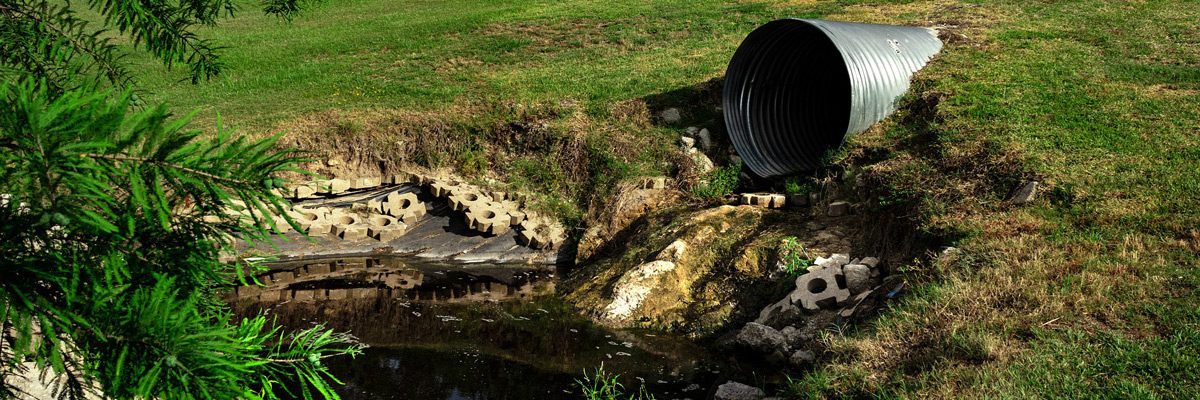Please play this song in the background.
http://www.youtube.com/watch?v=lqJDuZIcQ34
It is kind of a return to our old Jam Band Friday format.
:}
Anyway crossing the boundaries between green transportation, energy policy and crowd control, the Germans announced they had come to an agreement to sell Saudia Arabia 200 of their Leopard 2A1 battle main tanks. As Der Speigel quickly pointed out such a sale sends both a crazy signal to Germany’s large peace community but a defeatist one to those countries involved in the Arab Spring (read: food riots). But when it comes to crushing resistance any battle main usually weighs over 50 ton, so that works out pretty well. Do not be fooled either by the nameless chinese man’s dance with the Chinese battle main because that was a once in a century event. The Arab drivers prefer to get them babies up to their top speeds of 45 miles per hour and roll. At those speeds they get a whopping 1.3333 miles per gallon. But at more cautious battle speeds they get something more like 4 – 5 miles per gallon. Kinda like a 1963 red corvette. Or maybe a Hummer. But when you compare it to its actual soul mates like the Caterpillar 797 which gets a heart pumping 3 miles per gallon at the same speeds the Leopard is a true jungle cat. OK well I have had enough fun for today.
http://www.time.com/time/world/article/0,8599,2081566,00.html?
?
Should Germany Sell Tanks to Saudi Arabia?
Troops of the 37th Armored Infantry Brigade (37. Panzergrenadierbrigade) prepare to board their Marder light tanks.
It’s never easy to balance idealism with political realities, but as Germany grapples with the challenges posed by the Arab Spring it is sometimes hard to tell which side
Berlin is on.
The capital’s latest foreign-policy faux pas is an alleged behind-closed-doors deal to sell state-of-the-art tanks to Saudi Arabia. The deal — so secret the government won’t even acknowledge it was ever discussed — has kicked up a firestorm of protest, uniting an unlikely coalition of leftist politicians, human-rights groups, church leaders and senior members of Chancellor Angela Merkel’s own Christian Democratic Union (CDU) party. (See “Angela Merkel: German Rules.”)
News of the deal broke on Sunday, when the newsweekly Der Spiegel reported that Germany’s ultra-secretive Federal Security Council, whose members include Merkel, Foreign Minister Guido Westerwelle, and Defense Minister Thomas De Maiziere, approved the sale of 200 Leopard 2 tanks, Germany’s most modern battlefield tank, to Saudi Arabia. During a meeting of the CDU parliamentary group on Monday, Norbert Lammert, the president of the Bundestag — the German parliament — and Ruprecht Polenz, head of parliament’s influential foreign affairs committee, argued forcefully that Germany could not sell such heavy arms to a country known for routine violations of the most basic human rights. “Such decisions cannot be taken at a time when people are fighting for democracy in the Arab world,” said Juergen Trittin, a Green Party leader, on German television on Tuesday.
Protests have also been raining in from church leaders and human-rights activists, who argue that Saudi Arabia is on the wrong side of history in the tide of rebellion sweeping through the Arab world. As the momentum of protests in Tunisia and Egypt carried the Arab Spring into the tiny nation of Bahrain last March, some 2,000 troops from Arab nations close to the ruling monarchy, including heavily armed Saudis, quashed the rebellion. Meanwhile, the German government still faces criticism for abstaining from the U.N. Security Council vote authorizing air strikes in support of Libyan rebels, and still refuses to offer direct military aid, even after softening its position (it does provide about $5.3 million in financial assistance for NATO’s Libya mission.) Against that backdrop, even Merkel’s closest party allies are at a loss to justify the sale of weapons to a nation with a history of oppression.
(See where Angela Merkel falls on the most powerful women list.)
The deal, were it to take place, is stunning not only because of the political signal it sends to pro-democracy activists in the Middle East and North Africa. A weapons sale of that order would mark a significant change in German arms-export policies. For the past 20 years, Germany has refused to sell such heavy artillery to the Saudis, citing concerns over human-rights abuses. German law also forbids weapons exports to countries engaged in a direct conflict — though the definition of conflict is open to interpretation.
dot dot dot (as they say)
The Leopard 2 tank is manufactured in Germany but is also produced under license in Spain. And the Saudis are believed to have also negotiated with the Spanish, putting Madrid and Berlin in competition for defense jobs. Germany has a small army and with the end of the Cold War there is little requirement for tanks like the Leopard 2 on potential European battlefields. NATO is scaling back its traditional European land defenses in favor of lighter, rapid deployment forces to support campaigns out of the European theater, such as Afghanistan. The shrinking demand at home leaves defense companies looking abroad for contracts.
:}
http://en.wikipedia.org/wiki/Leopard_2E
Leopard 2E
From Wikipedia, the free encyclopedia
The Leopard 2E (E stands for España, Spanish for Spain) is a variant of the German Leopard 2 main battle tank, tailored to the requirements of the Spanish Army, which acquired it as part of an armament modernization program named Programa Coraza, or Program Armor. The acquisition program for the Leopard 2E began in 1994, five years after the cancellation of the Lince tank program that culminated in an agreement to transfer 108 Leopard 2A4s to the Spanish Army in 1998 and started the local production of the Leopard 2E in December 2003. Despite postponement of production due to the 2003 merger between Santa Bárbara Sistemas and General Dynamics and continued fabrication issues between 2006 and 2007, 219 Leopard 2Es have been delivered to the Spanish Army.
The Leopard 2E is a major improvement over the M60 Patton tank, which it replaced in Spain’s mechanized and armored units. Its development represented a total of 2.6 million hours worth of work, 9,600 of them in Germany, at a total cost of 1.9 billion euros. This makes it one of the most expensive Leopard 2s built. Indigenous production amounted to 60% and the vehicles were assembled locally at Sevilla by Santa Bárbara Sistemas. It has thicker armor on the turret and glacis plate than the German Leopard 2A6, and uses a Spanish-designed tank command and control system, similar to the one fitted in German Leopard 2s. The Leopard 2E is expected to remain in service until 2025.
:}
Gets better mileage then the Space Shuttle, which “leapt from the ground like a scared cat” today for the last time. God speed. More next week.
:}















 The Low Impact Development Center was established in 1998 to develop and provide information to individuals and organizations dedicated to protecting the environment and our water resources through proper site design techniques that replicate pre-existing hydrologic site conditions.
The Low Impact Development Center was established in 1998 to develop and provide information to individuals and organizations dedicated to protecting the environment and our water resources through proper site design techniques that replicate pre-existing hydrologic site conditions.








